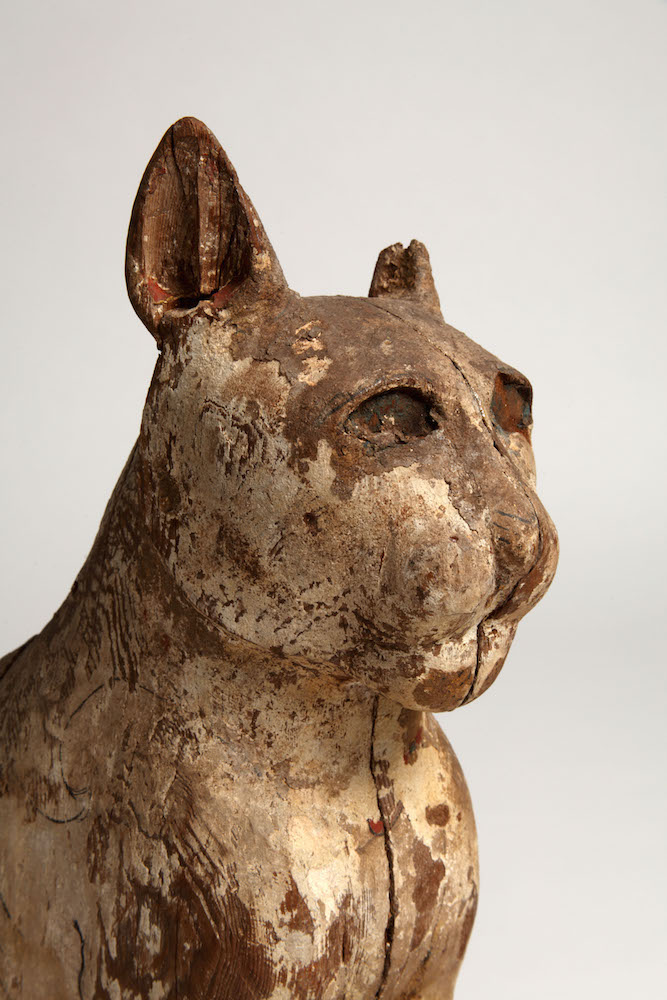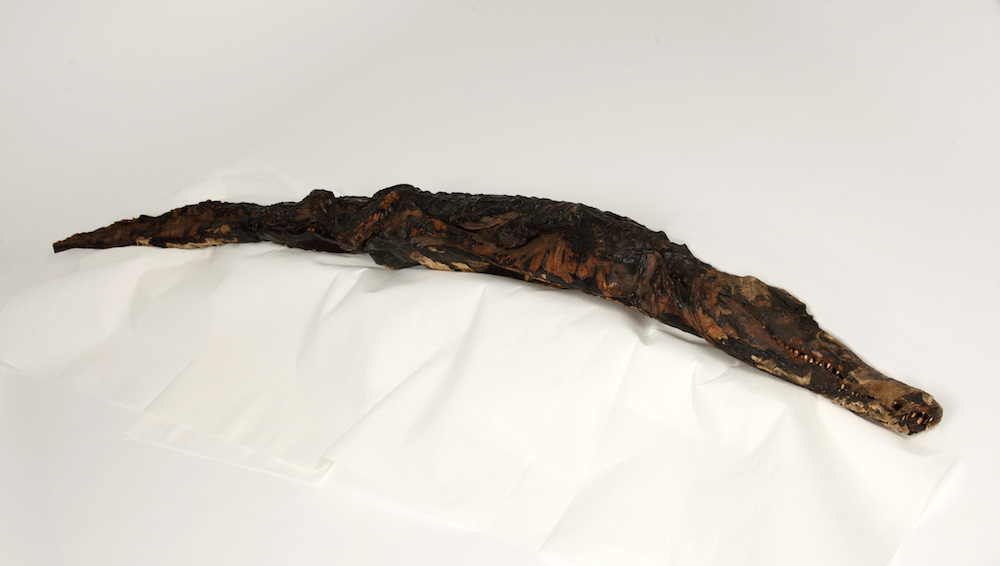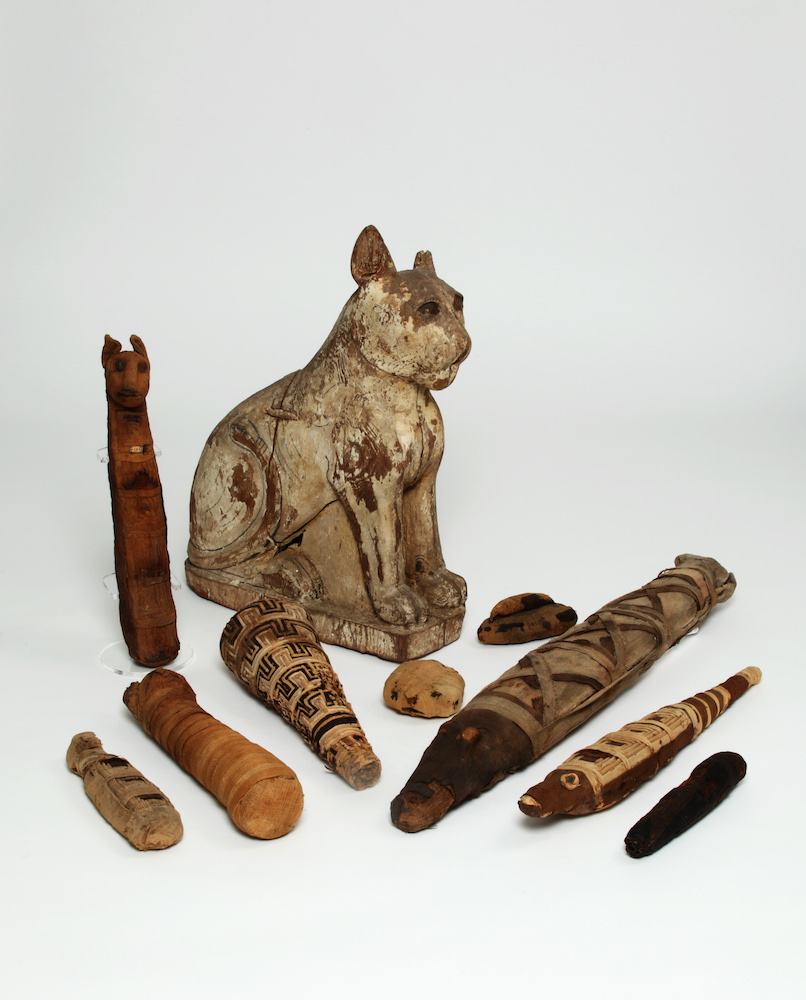Gallery of Egypt's Mysterious Animal Mummies
The Egyptians are known for their human mummies, but they mummified a host of different animals, including cats, birds, crocodiles, and other animals. A team of scientists X-rayed hundreds of Egyptian animal mummies housed in museums throughout England, to get at the artifacts' insides without damaging them. [Read Full Story]
Animal mummies
The scans of more than 300 mummies revealed clues to how the Egyptians used animals in their devotional practices. (Image credit: Animal Mummies at Manchester Museum)
Empty-handed
About a third of the scans revealed complete animal skeletons inside. Another third of the mummies contained partial remains. The remaining third contained no traces of bones at all, but instead other materials, such as mud, sticks, eggshells and feathers. (Image credit: Animal Mummies at Manchester Museum)
Zoo of mummies
As many as 70 million animals may have been mummified from 800 B.C. into the Roman period, scientists estimate. (Image credit: Animal Mummies at Manchester Museum)
Get the world’s most fascinating discoveries delivered straight to your inbox.
Offerings to the gods
Animal mummies were created for a number of different reasons. They may have been mummified because they were important animals during their lifetimes, as household pets buried alongside their owners, or food offerings for humans. But the ones in the study were intended as gifts to the gods. (Image credit: Animal Mummies at Manchester Museum)
Fake or symbolic?
These boneless mummies have traditionally been considered fakes or forgeries. But it's probably more likely that the other materials these mummies contained were just as important as the animal itself, and may have been housed alongside the animals while they were alive, the researchers said. (Image credit: Animal Mummies at Manchester Museum)
Mummy exhibit
Manchester Museum plans to open an exhibit on animal mummies in October. A BBC Horizon program about the project aired May 11 at 9 p.m. BST (4 p.m. ET) on BBC 2. (Image credit: Animal Mummies at Manchester Museum)
Follow Tanya Lewis on Twitter. Follow us @livescience, Facebook & Google+.









